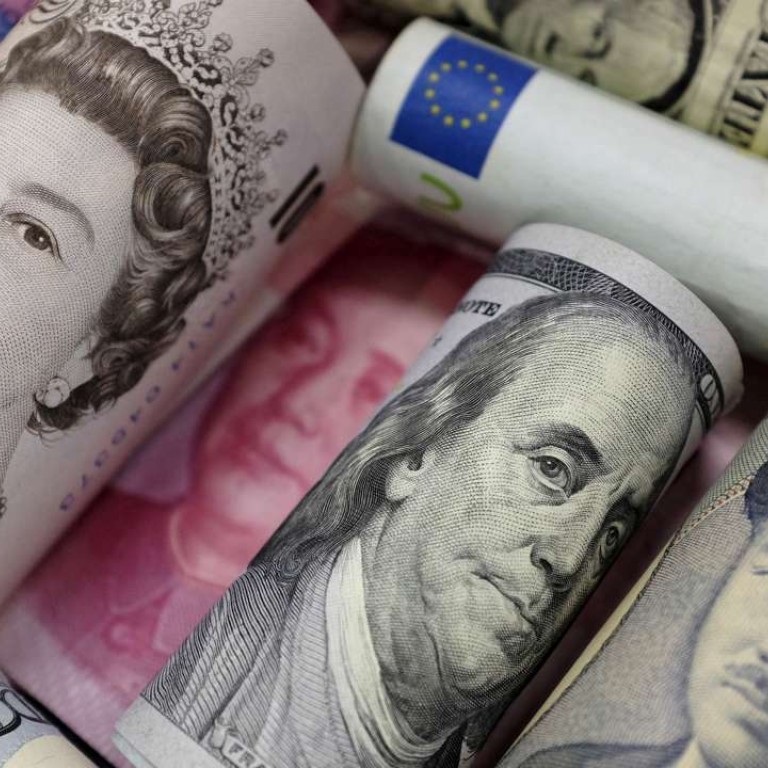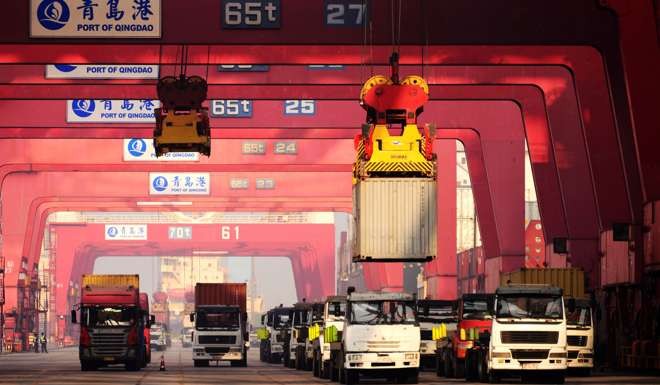
Be careful what you wish for Mr President, a stumble in relations could send China’s currency for a tumble
The incoming administration in Washington should recognise that Beijing has spent US$800 billion defending its currency in recent times
It’s probably fair to say that a further and material fall in the value of the Chinese yuan is not top of US President-elect Donald Trump’s wish list for 2017, but there’s a very real risk that could happen if China-US relations deteriorate, especially at a time when the Federal Reserve seems on the cusp of raising US rates again.
As analysts at Japan’s Nomura Bank wrote on December 7, “China is already facing large net capital outflows under the current [Foreign Exchange] regime where it has been allowing for some FX flexibility and intervening sporadically in the FX market”. And that’s while President Barack Obama is still occupying the White House.
In the event of a marked downturn in China-US relations, that might well translate into even greater net capital outflows that would test the ingenuity and indeed the willingness of China’s authorities to control the pace of a weakening of the yuan.
With that in mind, it may strike many observers as ironic that while Trump has regularly characterised China as a currency manipulator, the only “manipulation” that Beijing could be accused of in recent times is of slowing the pace at which the yuan weakens.

Beijing might have expected Washington to appreciate China’s efforts to achieve this.
China’s foreign exchange reserves fell to US$3.05 trillion in November, a decline of US$69.1 billion, which, as US bank BNYMellon wrote on December 8, “while not quite at the level of November 2015’s US$87.2 billion decline…was still the most significant drop since January of 2016 (US$ 99.46 billion) and the eighth largest monthly decline ever.”
And that’s before Trump is inaugurated.
The highly integrated global supply chain and the dependence of US corporate and households on imports from China keep the risks of an outright trade war low
“A message from the market to Trump: careful what you wish for,” is how Societe Generale (SocGen) sees matters in its 2017 Foreign Exchange Outlook.
“The President-elect has been very vocal about international trade, threatening to toughen up the US stance, brand China a currency manipulator and impose sanctions or tariffs. Yet his policies risk pushing the US dollar even higher,” the French bank wrote.
SocGen’s base case is that the dollar/yuan rises “to 7.30 by the end of 2017” but with the caveat that “if we are wrong, it will be in the direction of more yuan weakness rather than strength”.
The bank is also of the view that “the probability of a free-floating renminbi will rise steeply over the course of the next three years and become almost a near-certainty by the end of 2019.”
But “if the US were to engage in, or credibly threaten, trade restrictions on China, the probability of a free-floating renminbi in 2017 could be as high as 50 per cent,” SocGen said.
The yuan would in all likelihood then plummet in value.
“Given that China has a reasonably strong external position (current account and net international investment positions), a free-floating regime is unlikely to cause the renminbi to fall more than 20 per cent from current levels,” the French bank concluded.
Twenty per cent! That would not go down well with the Trump administration even if it was the consequence of a disruption in China-US trade relations occasioned by the implementation of protectionist measures by the new US president.
It is hard to see why China would, or indeed should, lean so hard against a slide in the yuan in those circumstances.
China has already spent a lot of money trying to support the yuan.
As Professor Yu Yongding, a former advisor to the People’s Bank of China, recently told the South China Morning Post, China has spent more than US$800 billion in foreign reserves in the past two years and “in comparison, during the Asian financial crisis, the funds used by multiple countries to support local currencies was only US$200 billion.”
Looking ahead to 2017 it should be said that some analysts remain more relaxed.
Bank of America Merrill Lynch’s “Asia 2017 Year Ahead” analysis is “hopeful the actual US trade policy mix will be less hostile than that in campaign rhetoric,” and that “the highly integrated global supply chain and the dependence of US corporate and households on imports from China keep the risks of an outright trade war low”.
Most will hope that Bank of America Merrill Lynch is correct and that China-US trade relations do stay on an even keel.
But if that proves not to be the case, Beijing’s acceptance of a marked depreciation in the value of the yuan as a consequence of changed circumstances cannot be ruled out, even if that would be deeply unpopular in the White House.

